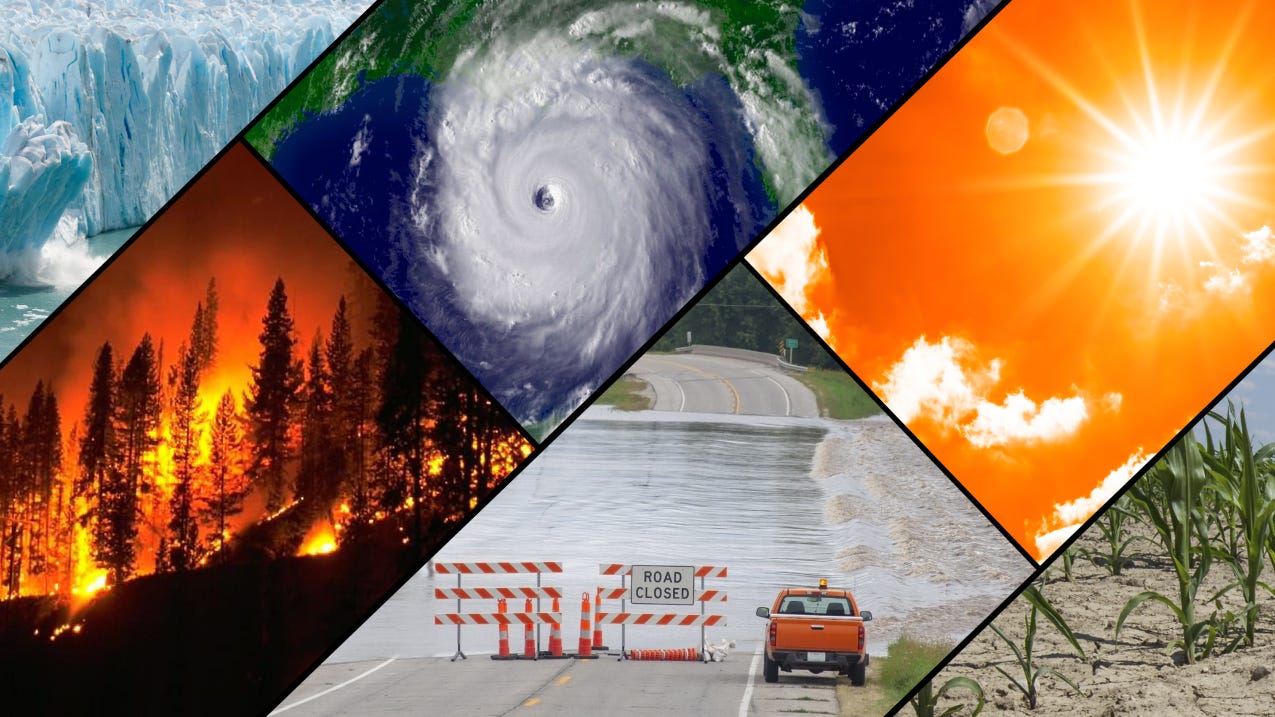Climate Change: How Bad Is It?
Written by Ivory Chen
We’ve all heard about the scary effects of climate change – wildfires, flooding, higher sea levels, the depletion of the ozone…but how concerned should we truly be about these issues? What is the likelihood of the issue of climate change growing into something more severe and affecting everyday life?
Well, here’s the answer. While it may not seem like it, global warming has already begun affecting our day-to-day routines. These effects are unnoticeable to the naked eye, but climate change has increasingly crept up on us over time. Between 1901 and 2020, global temperatures have increased by 1.8 degrees Fahrenheit. While 1.8 degrees may not seem like a substantial change, sea ice coverage has depleted by 40% since 1979.
To put things into perspective, climate change substantially alters the earth’s suppliable water source. Flooding and droughts’ likelihoods increase in certain areas of the world, and higher temperatures cause plants to require more water. Meanwhile, water supplies continue to dwindle due to the excessive need for it. As the population continues to grow, people also require more water. Food supply also becomes at risk, since the agriculture industry is highly dependent on water as a whole.
Most importantly, climate change puts human health at risk. Insects become more prone to carrying new diseases, extreme weather causes a higher potential for natural disasters, and there is generally more risk of sicknesses in a hotter climate.
So, the next time you ask yourself if it’s worth recycling one plastic bottle, remember the part you play in the big world around you.
References
“Climate Change Impacts.” National Oceanic and Atmospheric Administration, www.noaa.gov/education/resource-collections/climate/climate-change-impacts. Accessed 17 Aug. 2024.
Written by Ivory Chen from MEDILOQUY


